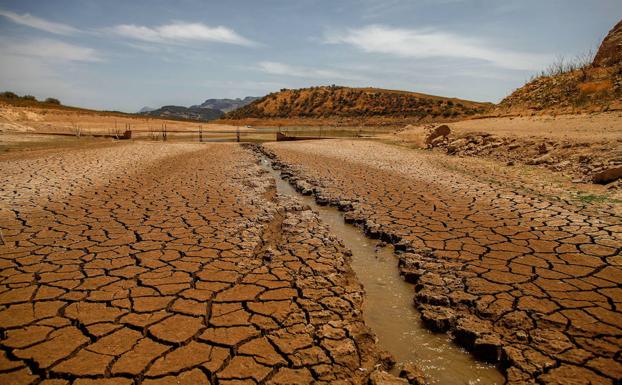By Syeda Fizza
The environment and climate change impact in Pakistan is crucial to urban development which is strongly related to its rural development as well, where migratory trends, the growth and dynamism of its large agriculture sector and quality of public service delivery in rural areas strongly impact the character of Pakistani settlements.
The ongoing climate crisis, manifested devastatingly in the form of torrential flooding adds another layer of urgency with which decision-makers in the country need to plan and achieve their urban development objectives. Last year, majority of the people have lost their lives, over a third of Pakistani settlements including in villages and towns have drowned, or been washed away and resultantly being displaced or losing their sources of livelihood.
Pakistan’s economy is based on agriculture sector which is one of the most vulnerable factors crucial to climate change, as it relates to certain aspects such as temperature, precipitation, soil erosion, etc, as the country is facing a serious threat to the development potential of its peoples, their ability to live in safe and secure cities and the relationship with which they interact with their natural environment.
In the world’s most populous regions, specifically in South Asia, rising temperatures, uneven precipitation patterns, floods, droughts, and other climatic disasters have had an impact on both socioeconomic sectors and human life.
From migration patterns and urban infrastructure, to food security and the integrity of its agricultural economy, the country’s entire development trajectory is closely related to the ongoing climate change-induced floods. Patterns of industrial growth, infrastructure development and heritage preservation too are closely linked to our ability to mitigate and adapt to the consequences of climate change and its impact on our habitats.
It is not unknown to the developmental sector that Pakistan is ‘one of the top ten most vulnerable countries to climate change’— but the socio-political order fails to raise the right questions and develop a functional mechanism through which Pakistan’s climate response is depoliticized and made people-centric.
Reactive decision-making continues to dominate our response to environmental disasters like the recent floods, resulting in a passivity that allows the status quo to remain. Relief efforts, significantly managed and led by non-governmental entities, are amped up as a natural disaster hits, followed by a gradual decline in attention and prioritization towards building climate resilience.
This in turn demands a complete review and overhaul in the manner in which decisions are made in Pakistan’s governance institutions. Natural disasters such as torrential rains, floods and ensuing humanitarian disasters are aggravated by past non-planned policies. This requires shared understanding and deliberation to address this ticking bomb question; what does it really mean to be one of the most vulnerable nations to climate change? This also calls for developing a consensus approach and collective rethinking in tackling this existential threat.
One tonne of carbon dioxide emissions is allowed by a carbon credit, which is a type of permission or tradeable certificate/license. Alternately, it could be any greenhouse gas component that must be emitted within limits set by carbon credits. Initially, the purpose of carbon credit is to limit emissions of greenhouses in the atmosphere in order to reduce the contribution of greenhouse gases that are responsible for global warming.
The goal of carbon credits is to lessen an industry’s impact to greenhouse gas emissions, especially for new investors. Pakistan has a chance to contribute significantly to China’s biggest carbon emission trading programme. Selling carbon credits to China under this plan could bring in money.
Ravi Urban Development Authority (RUDA) — Punjab’s largest Infrastructure Authority, sets a primary objective of improving the environment, ensuring the rejuvenation of River Ravi and mitigating the effect of climate and its vestiges in the form of air pollution, smog, poisonous ground water and waste leachate, destroying the understory of Lahore.
Except for forestry, all agricultural subsectors significantly contribute to economic growth. RUDA by taking a strategic hydrological development initiative, is well aware of the fact that wetlands, swamps, national poundage and ecological pockets are along a natural water body is Sin-qua-non for the survival of the river and the biodiversity therein.
River Ravi as being the home basin for Lahore is facing complex challenges like flooding, droughts, lack of waste water treatment, deteriorating water quality, contaminated ground water and loss of habitat and its biodiversity. Focusing deliberations on the above mentioned facts, the aim should be to seek practical, actionable responses to make Pakistan’s habitats more climate resilient.
The writer can be reached at [email protected]























